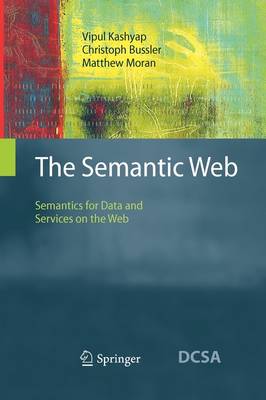A decade ago Tim Berners-Lee proposed an extraordinary vision: despite the p- nomenal success of the Web, it would not, and could not, reach its full potential unless it became a place where automated processes could participate as well as people. This meant the publication of documents and data to the web in such a way that they could be interpreted, integrated, aggregated and queried to reveal new connections and answer questions, rather than just browsed and searched. Many scoffed at this idea, interpreting the early emphasis on language design and reas- ing as AI in new clothes. This missed the point. The Grand Challenge of the Semantic Web is one that needs not only the information structure of ontologies, metadata, and data, but also the computational infrastructure of Web Services, P2P and Grid distributed computing and workflows. Consequently, it is a truly who- system and multi-disciplinary effort. This is also an initiative that has to be put into practice. That means a pragmatic approach to standards, tools, mechanisms and methodologies, and real, challenging examples. It would seem self-evident that the Semantic Web should be able to make a major contribution to clinical information discovery. Scientific commu- ties are ideal incubators: knowledge-driven, fragmented, diverse, a range of str- tured and unstructured resources with many disconnected suppliers and consumers of knowledge. Moreover, the clinicians and biosciences have embraced the notions of annotation and classification using ontologies for centuries, and have dema- ing requirements for trust, security, fidelity and expressivity.
- ISBN13 9783642095306
- Publish Date 30 November 2010 (first published 15 August 2008)
- Publish Status Active
- Publish Country DE
- Publisher Springer-Verlag Berlin and Heidelberg GmbH & Co. KG
- Imprint Springer-Verlag Berlin and Heidelberg GmbH & Co. K
- Edition Softcover reprint of hardcover 1st ed. 2008
- Format Paperback
- Pages 414
- Language English
